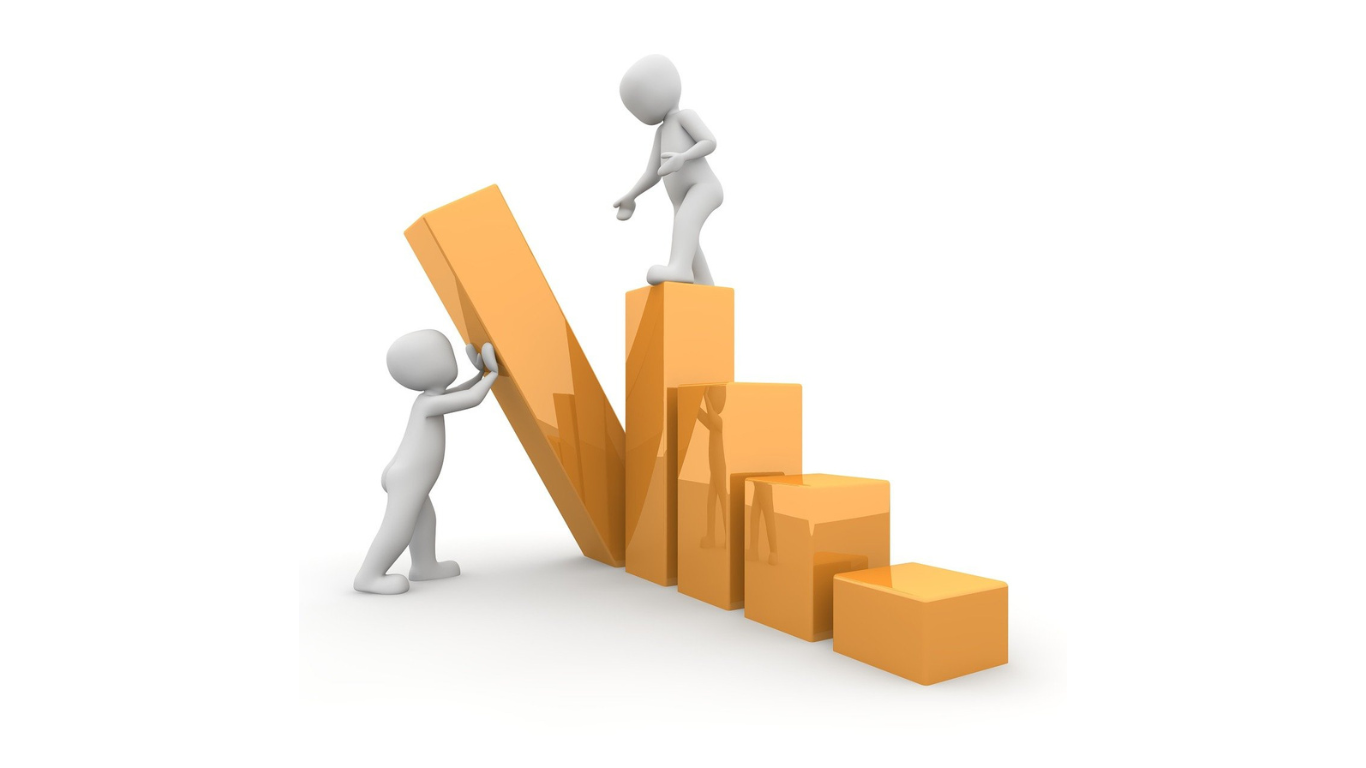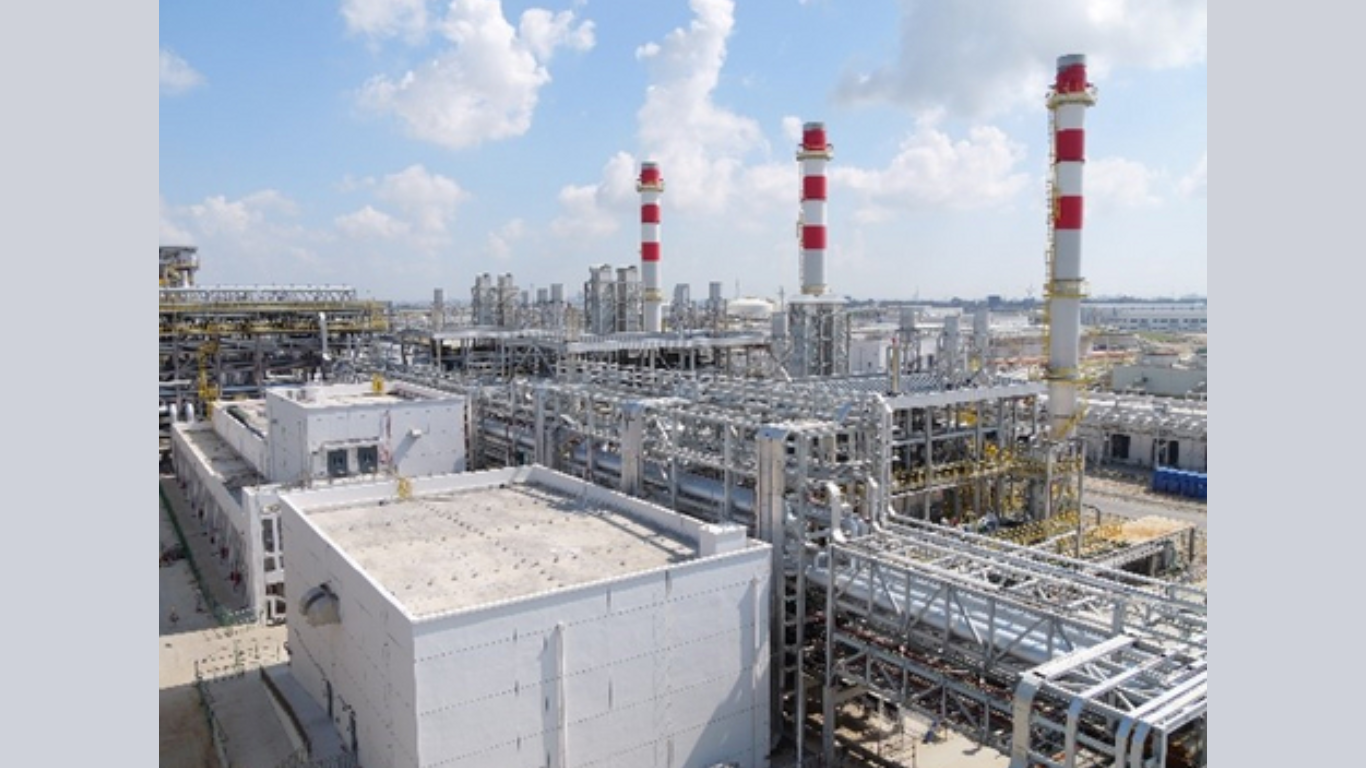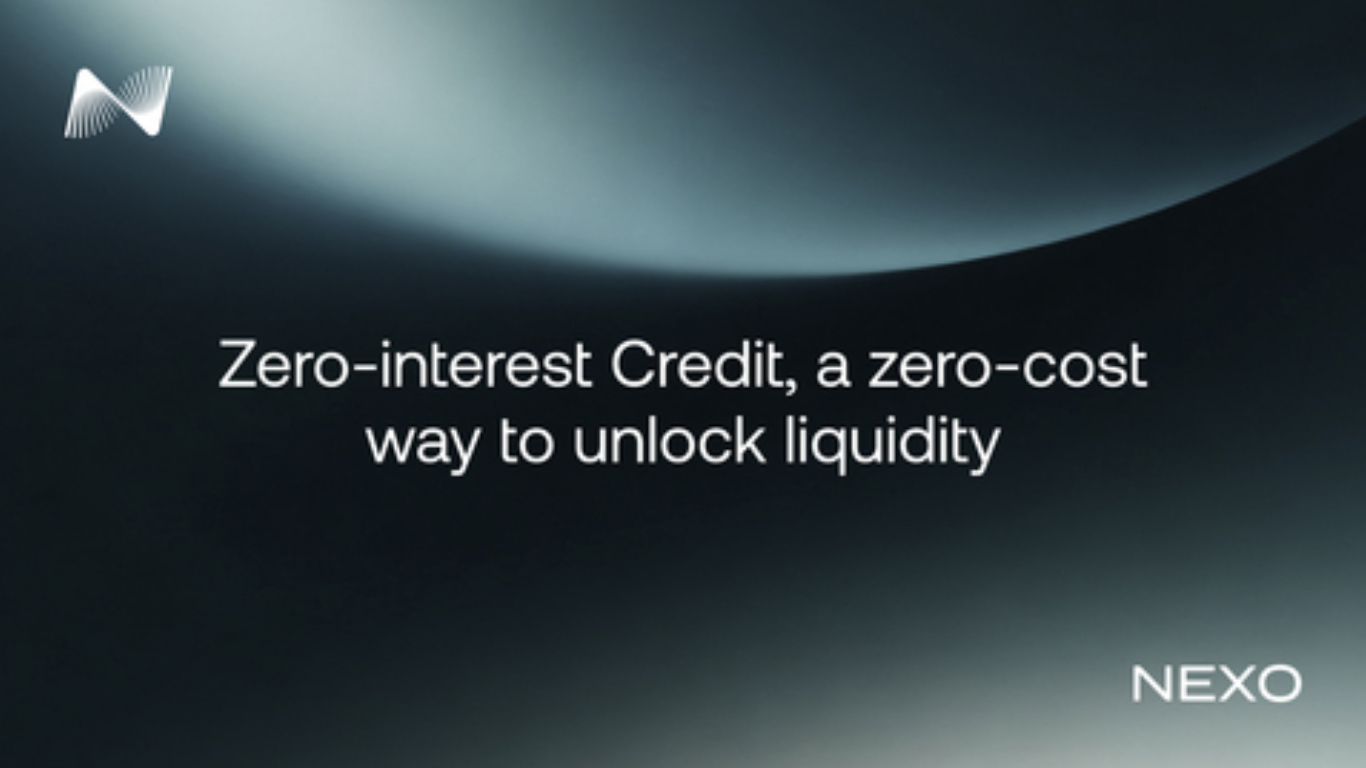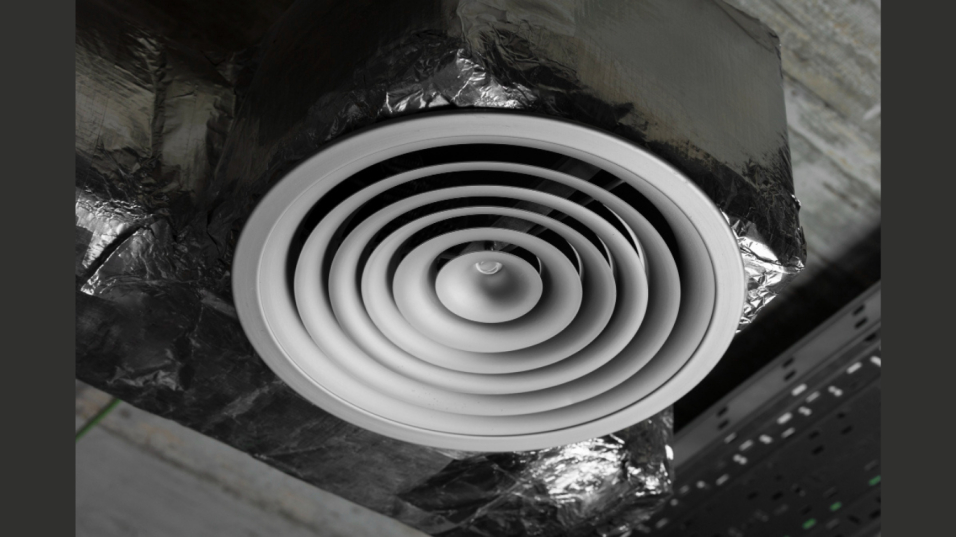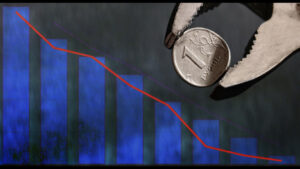Creating durable and aesthetically pleasing structures is a primary goal in commercial construction. Column forms will help you achieve these objectives. Among various materials available, plastic column forms have started to gain popularity due to their numerous advantages.
They are lightweight yet sturdy, offering construction professionals an efficient solution for forming columns. Read on to examine the key advantages of using these innovative forms in commercial construction, focusing on how they streamline the building process without compromising quality.
Cost-Effectiveness
Plastic column forms offer significant cost savings when compared to traditional concrete forming methods. The lightweight nature of these forms leads to decreased transportation and handling expenses. They can reduce labor costs because fewer workers are required to handle these easy-to-install forms. A straightforward setup saves time, money and labor, and projects will remain on budget. These forms can be reused multiple times and lead to even greater savings in the long run. They can withstand numerous cycles without significant wear, which means fewer purchases. The initial investment in plastic column forms translates to substantial savings for construction companies.
Durability
The standout feature of plastic column forms is their ability to withstand harsh environmental conditions. Unlike traditional wooden forms that can rot, warp, or mold, plastic forms maintain their structural integrity through rain, snow, or extreme temperatures. This durability provides an uninterrupted construction schedule, as fewer replacements or repairs are needed.
These forms are resistant to chemicals used in construction projects and improve their longevity. The ability to withstand heavy concrete pressure won’t compromise the structural integrity of the form. This robustness leads to fewer project delays and consistent quality in the finished product. Their weather-resistant features accommodate various climate conditions.
Efficiency in Installation
Time efficiency is a critical factor in modern commercial construction, and plastic column forms excel in this regard. Their lightweight design allows for quicker handling during installation, which can decrease project timelines. Each form can be quickly set in place with minimal labor requirements, contributing to a more streamlined construction process.
The design of these forms includes interlocking features that further simplify assembly. The ease of disassembly means that once the concrete has cured, removing the forms is a hassle-free process. Efficiency speeds up construction and minimizes the chances of accidents on-site. Employing plastic column forms accelerates project completion without sacrificing quality or safety.
Versatility in Design
Plastic column forms come in various shapes, sizes, and designs, allowing construction professionals to create custom solutions for diverse project requirements. Whether a straightforward cylindrical column or a more intricate architectural design is necessary, these forms can be adapted accordingly. The possibility of lightweight and robust forms permits creative expression and maintains stability.
Plastic forms can be easily modified on-site, enabling adjustments to design specifications without major disruptions. Architects and engineers can explore new aesthetics and structural innovations that align with modern commercial trends. By possessing this adaptable nature, plastic column forms meet various project demands and improve their appeal in the construction sector.
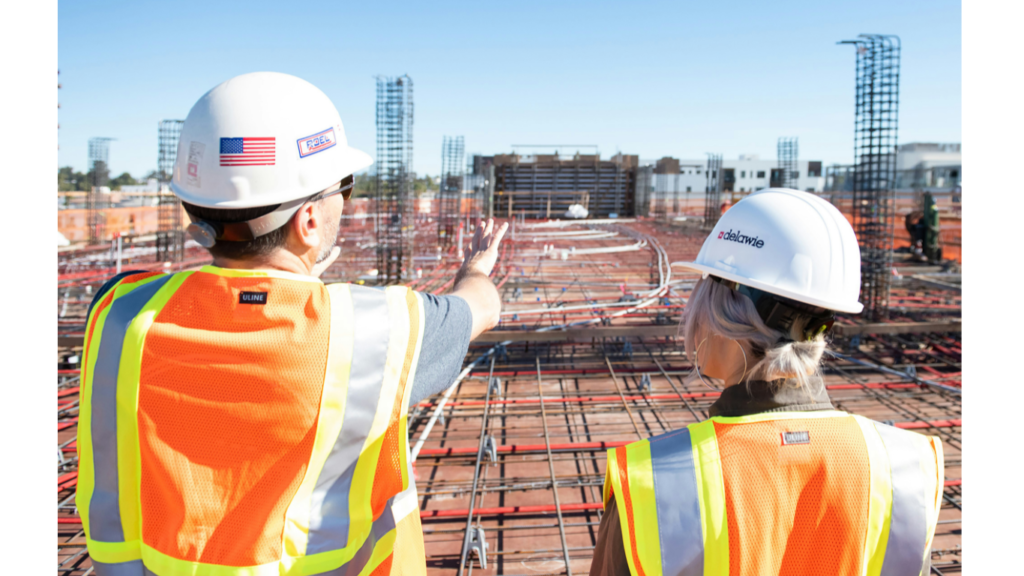
Environmental Benefits
Sustainability has become a core concern in commercial construction. Using plastic column forms supports eco-friendly practices in numerous ways. The durability and reusability of these forms lead to less waste generation, as they do not contribute to the high volume of discarded materials associated with construction. Many manufacturers produce these forms using recyclable materials. This means they can be processed and reused at the end of their life cycle, reducing the environmental footprint.
The efficient installation methods employed with plastic forms can lead to decreased energy consumption during construction projects. By minimizing waste and utilizing sustainable resources, companies can align themselves with growing environmental regulations and appeal to eco-conscious clients.
Improved Aesthetics
The finished appearance of a commercial structure greatly influences its marketability and appeal. Plastic column forms offer the added advantage of producing visually pleasing surfaces without much post-construction treatment. The smooth finish achieved with these forms minimizes the need for extensive cosmetic work. Their ability to replicate a variety of textures and patterns means architects can easily fulfill their artistic visions.
Plastic column forms can accommodate various styles and maintain functionality. This capacity to offer both design and utility makes them a valuable asset in the construction toolkit. Projects that prioritize both structural stability and visual appeal elevate market value and client satisfaction.
By understanding the key advantages of using plastic column forms in commercial construction, professionals can leverage this technology to create more efficient, cost-effective, and aesthetically appealing buildings. Embracing this solution streamlines operations and aligns with modern sustainability goals and design preferences.
Article received via email


